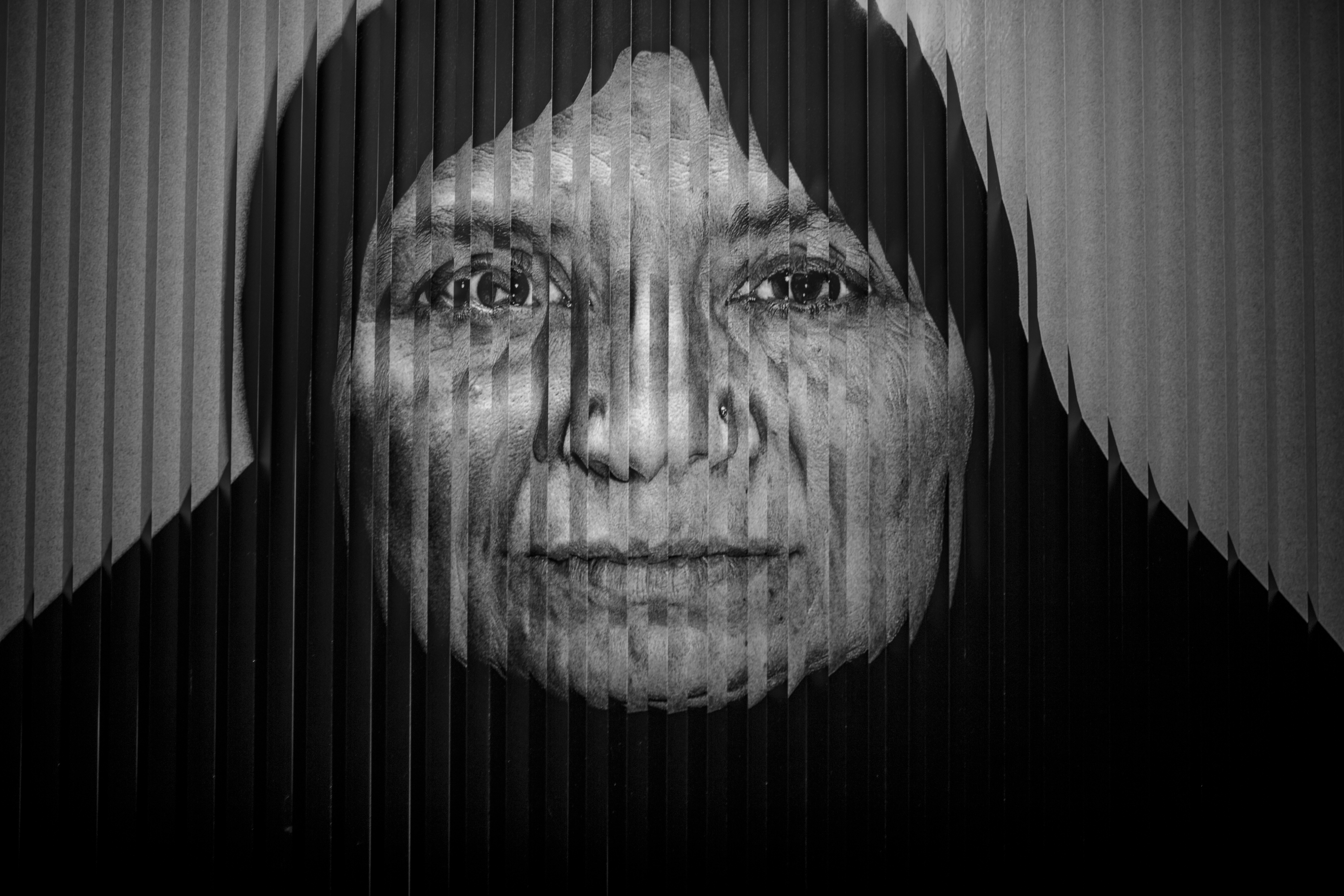Inscribed Canvases. The Emergence of the Textual in American Painting
Inscribed Canvases. The Emergence of the Textual in American Painting
Author(s): Filip LipińskiSubject(s): Fine Arts / Performing Arts
Published by: Widok. Fundacja Kultury Wizualnej
Keywords: painting; image; text; textuality; poststructuralism; American art
Summary/Abstract: Using Craig Owens’ argument about the repression of the discursive in modernist art, the article provides an analytical and theoretical account of the complex and changing relationship between the visual and the textual in American painting since c. 1950. The article focuses on the status of verbal inscriptions on a canvas, their function, meaning and relation to the medium of painting. In the introductory section of the text special attention to the poststructuralist, expanded understanding of such notions as “text” and “writing” and its consequences in visual arts as well as the unresolvable dialectic of looking and reading and its theoretical implications addressed in more recent art theory. The analytical part starts with the discussion of the paradox of Pollock’s drip paintings as both the epitome of modernist autonomy and a figure of “arche-writing” (a potential script); than it focuses on more specific cases of textuality in C. Twombly’s, J. Johns’ and E. Ruscha’s works, and finally deconstructive modalities of “writing in painting” in works by Ch. Wool, G. Ligon, K. Aptekar and M. Tansey become the object of interpretation. In conclusion it is argued that latter artist’s work – Reader – epitomizes the differential superposition not only of painting and writing but also of the modern and the postmodern, the past and the present experience of “reading” images. As a result, the long perspective on the process of the emergence of the textual in painting described in the article does not so much operate with the logic of binary oppositions between modernism and postmodernism or exclusion of text and its subsequent inclusion, as allows us to look at it in terms of layers of signs, always already there, coming to visibility at different historical moments.
Journal: Widok. Teorie i Praktyki Kultury Wizualnej
- Issue Year: 2020
- Issue No: 26
- Page Range: 456-496
- Page Count: 40
- Language: English

